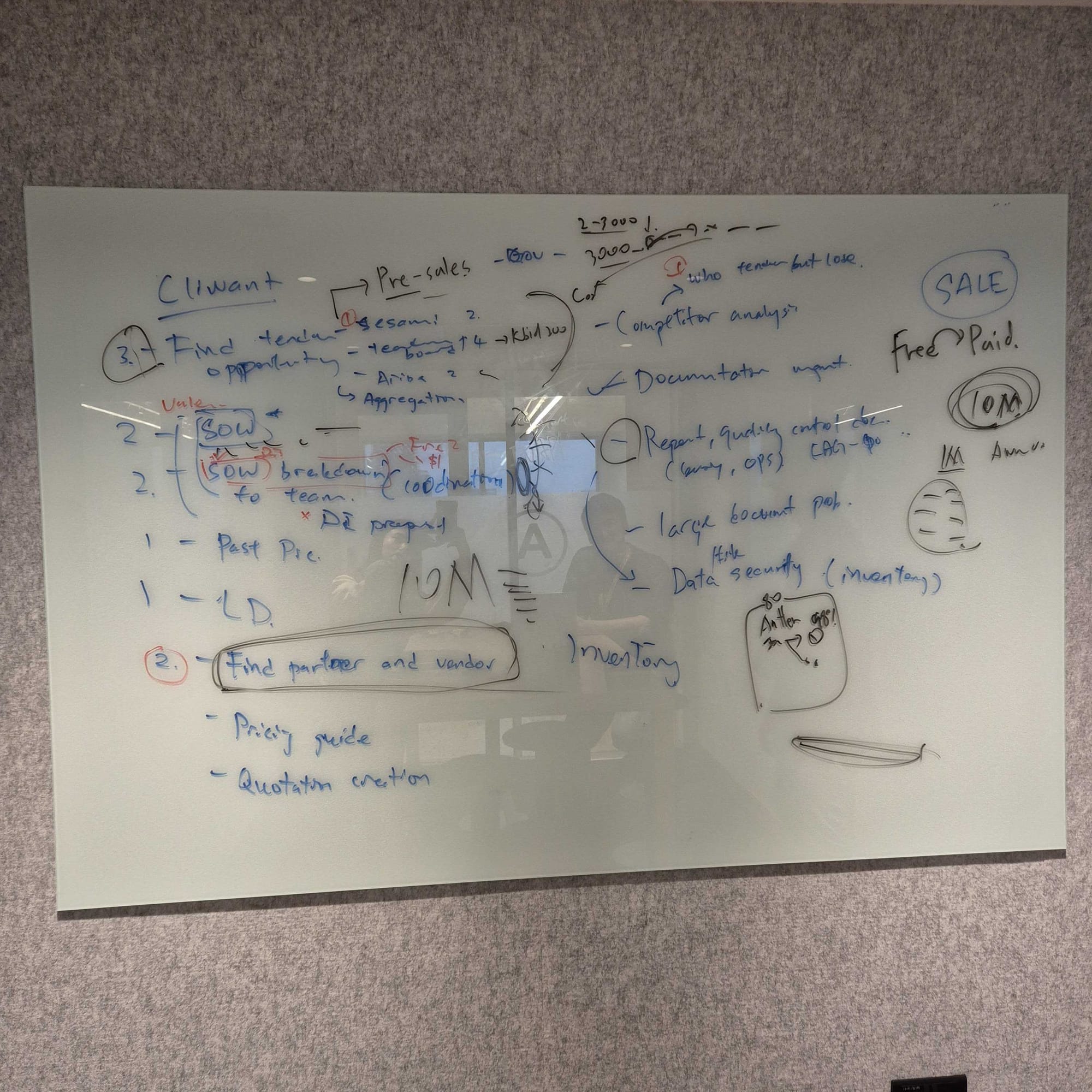Before You Bid: Why the Go/No-Go Decision Defines Success

Deciding whether to pursue or pass on a bid—known as the go/no-go decision—is one of the most pivotal aspects of procurement. Yet, many organizations still rely on instinct, internal discussions, or sales-driven urgency rather than structured evaluation frameworks.
Industry data shows that companies with a formalized go/no-go process have a 20-30% higher bid win rate compared to those relying on intuition. However, many procurement teams still lack a standardized approach to making this decision.
Why Go/No-Go Decisions Are Challenging
- Uncertainty & Competitive Intelligence: Many companies struggle to predict how competitive an RFP will be and whether their pricing, capabilities, or experience align with expectations.
- Internal Decision Factors: Sales, finance, and delivery teams may have different criteria when assessing an RFP.
- Resource Allocation: SMEs must carefully weigh whether pursuing an RFP is the best use of limited resources.

Through deep industry research, we examined inefficiencies in the traditional go/no-go decision-making process. This image highlights our structured approach to transforming bid qualification into a data-driven process.
The Case for Data-Driven Decisions
Structured evaluation helps companies maximize efficiency by considering:
- Past Performance Analytics: Identifying patterns in successful bids through historical data.
- Competitive Landscape Insights: Assessing competitor pricing trends and past contract awards.
- Resource Availability: Aligning bid opportunities with internal capabilities and financial resources.
- Financial Modeling: Evaluating contract profitability beyond just revenue generation.
How CLIWANT 2.0 Enhances the Go/No-Go Process
CLIWANT 2.0 introduces an AI-powered go/no-go framework to streamline decision-making:
- Automated RFP Analysis: Extracts key requirements, compliance factors, and evaluation criteria instantly.
- Win Probability Prediction: Uses historical contract data to assess bid success likelihood.
- Resource & Budget Alignment: Matches bid opportunities with available manpower and financial resources.
- Competitive Benchmarking: Compares bid pricing models against industry trends.
Conclusion: The Future of Smarter Bidding
At CLIWANT, we have meticulously mapped the bidding process to identify inefficiencies and unlock new opportunities for AI-driven optimization. The image above captures real brainstorming sessions, laying the groundwork for our next-generation solutions.
As procurement becomes more competitive, companies integrating data analytics, AI-driven insights, and structured decision-making will gain a significant advantage over those relying on outdated methods.
🔔 Subscribe to get the latest insights!
📧 For inquiries, email patrick.han@cliwant.com
